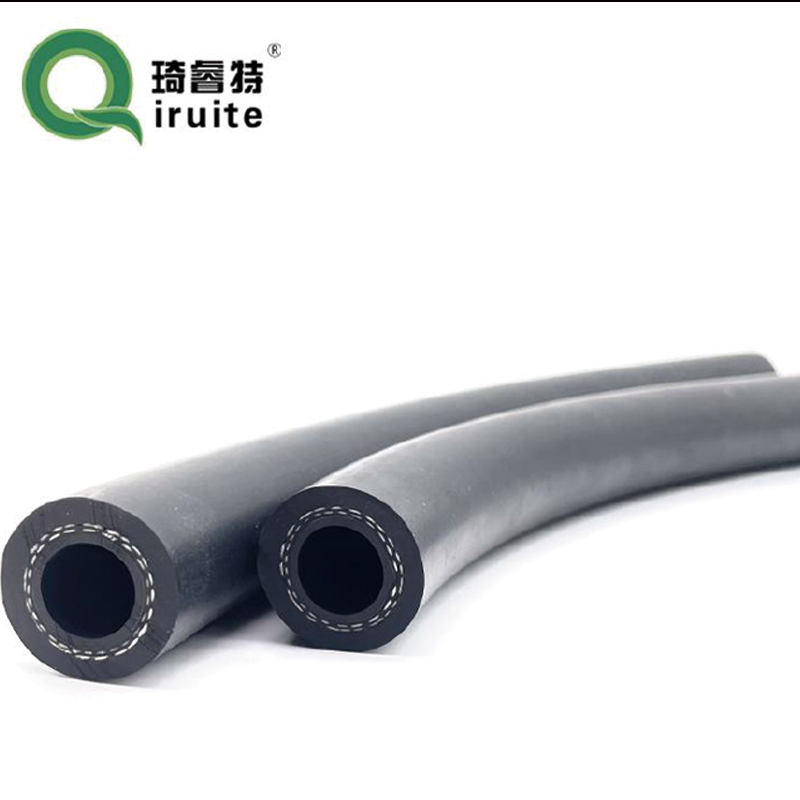Tips for Replacing Your Brake Hoses Efficiently and Safely
Brake Hose Replacement A Comprehensive Guide
When it comes to vehicle maintenance, one of the most critical components to keep an eye on is the braking system. Among the various parts that make up this system, the brake hoses play a crucial role in ensuring safe and effective braking. Over time, these hoses can wear down, leading to leaks or failures that can severely compromise your vehicle's braking power. In this article, we will explore the importance of brake hoses, signs that they need replacement, and the step-by-step process for replacing them.
Understanding Brake Hoses
Brake hoses are flexible tubes that connect the brake pedal to the braking system, allowing hydraulic fluid to flow and activate the brakes. Unlike rigid brake lines, which are solid metal tubes, brake hoses are designed to withstand high pressure and accommodate the movement of the suspension system. Typically made of rubber, many hoses also have internal reinforcements to enhance durability. Due to their exposure to heat, moisture, and harsh driving conditions, brake hoses can deteriorate over time.
Signs You Need to Replace Your Brake Hoses
1. Visible Damage Inspect your brake hoses for any cracks, frays, or bulges. Physical damage can lead to brake fluid leaks, which significantly reduces braking efficiency.
2. Brake Fluid Leaks If you notice fluid pooling under your vehicle or wet spots on the brake hoses themselves, it's a clear indication that there is a leak. This should be addressed immediately to avoid brake failure.
3. Soft or Spongy Brake Pedal If your brake pedal feels soft or spongy when pressed, it may signal air in the brake lines or low brake fluid due to a leaking hose. This condition can be dangerous and should prompt an immediate inspection.
4. Unusual Brake Performance If you experience a decrease in braking power, such as longer stopping distances or a vehicle that pulls to one side when braking, it’s time to check your brake hoses.
The Replacement Process
If you've determined that your brake hoses need to be replaced, follow these steps to ensure a safe and effective process
1. Gather Tools and Materials
Before starting, gather the necessary tools and materials - New brake hoses - Brake fluid - Wrench set - Line wrenches - Brake cleaner - Jack and jack stands - Safety goggles and gloves
2. Prepare Your Vehicle
brake hose replacement

Park your vehicle on a flat surface and engage the parking brake. Loosen the lug nuts on the wheel corresponding to the brake hose you’ll be replacing. Use a jack to lift the car and secure it with jack stands. Remove the wheel to access the brake components.
3. Locate the Brake Hose
Find the brake hose attached to the brake caliper or wheel cylinder. Identify the mounting points where the hose connects to the braking system.
4. Remove the Old Hose
Using the appropriate wrenches, carefully disconnect the old brake hose from the brake caliper and the hard line. Be prepared for some brake fluid to leak out; have a container ready to catch any spills. Clean up any spilled brake fluid promptly, as it can damage your vehicle's paint.
5. Install the New Hose
Take the new brake hose and, using the same points of connection, attach it to the brake caliper and hard line. Tighten the fittings securely but be cautious not to overtighten, which could damage the hose.
6. Bleed the Brake System
To remove any air that may have entered the system during the replacement, you’ll need to bleed the brakes. This is best done with a helper have them press the brake pedal while you open the bleeder valve on the brake caliper, allowing air and old fluid to escape. Close the valve and repeat until you see a steady stream of fluid without bubbles.
7. Reassemble and Test
Reattach the wheel, tighten the lug nuts, and lower the vehicle to the ground. Before driving, pump the brake pedal a few times to ensure a firm feel. Conduct a test drive in a safe area to ensure the brakes are functioning properly.
Conclusion
Replacing brake hoses is an essential maintenance task that should not be overlooked. Regular inspection and timely replacement can ensure the safety of your vehicle and its occupants. If you are not comfortable performing this task yourself, or if you encounter any complications, do not hesitate to seek professional assistance. A well-maintained braking system is key to safe driving, and ensuring your brake hoses are in good condition is a vital part of that process.
-
Ultimate Spiral Protection for Hoses & CablesNewsJun.26,2025
-
The Ultimate Quick-Connect Solutions for Every NeedNewsJun.26,2025
-
SAE J1401 Brake Hose: Reliable Choice for Safe BrakingNewsJun.26,2025
-
Reliable J2064 A/C Hoses for Real-World Cooling NeedsNewsJun.26,2025
-
Heavy-Duty Sewer Jetting Hoses Built to LastNewsJun.26,2025
-
Fix Power Steering Tube Leaks Fast – Durable & Affordable SolutionNewsJun.26,2025

